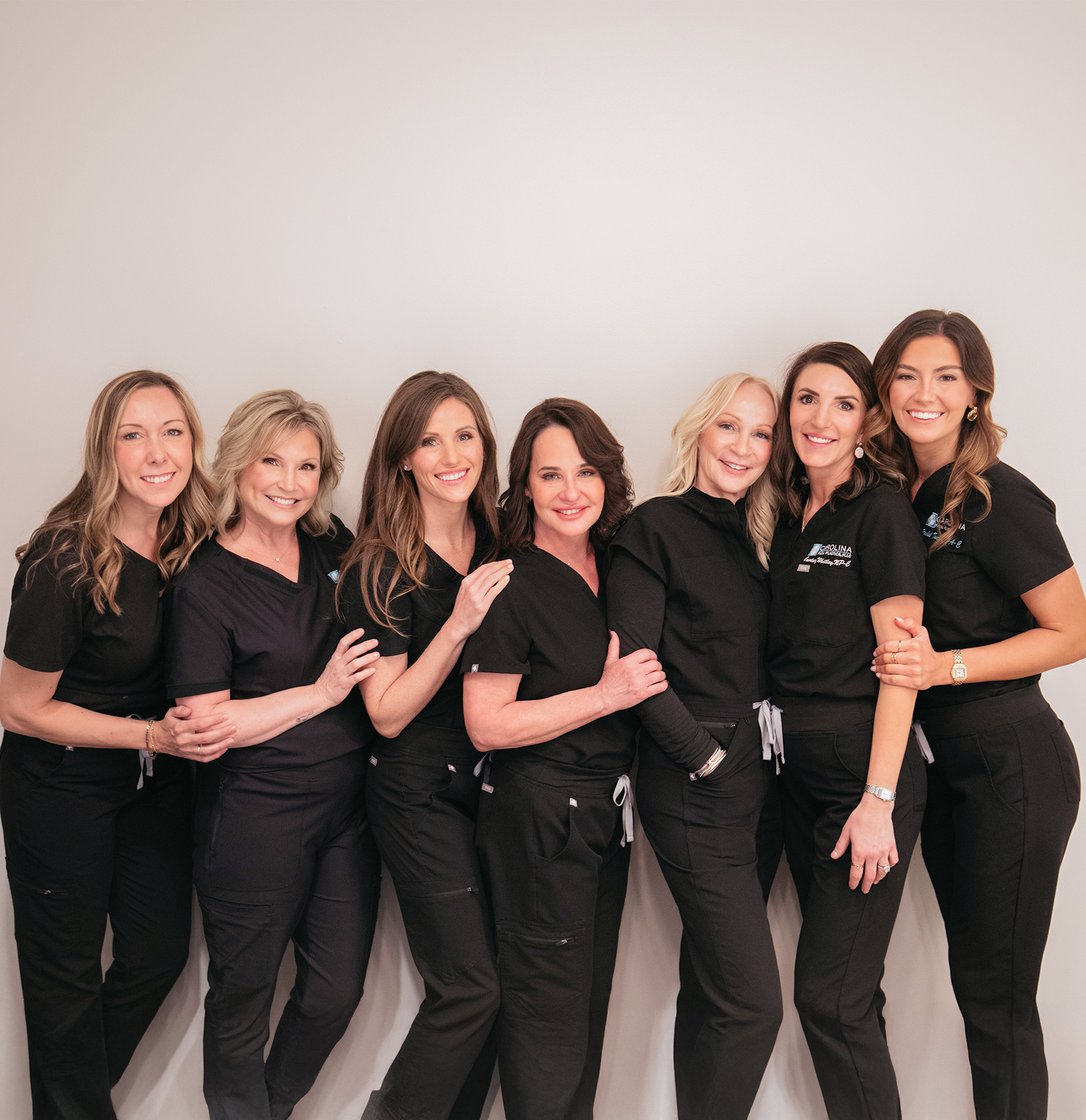Your body’s own platelets are concentrated and injected into the skin to stimulate collagen, smooth fine lines, and improve under-eye hollows. PRP is also used to stimulate hair regrowth and enhance microneedling results.
Regenerative Treatments
Regenerative Treatments
Activate your body’s natural ability to heal, restore, and rejuvenate.
At Carolina Facial Plastics, we offer a suite of regenerative treatments that tap into your body’s own resources to enhance skin quality, stimulate hair growth, and support long-term anti-aging. These powerful, non-surgical therapies—including PRP, Ariessence PDGF+, Selphyller® PRP/PRF, Selphyller PRFM, and exosome treatments—are ideal for anyone seeking a more natural approach to aesthetic enhancement.
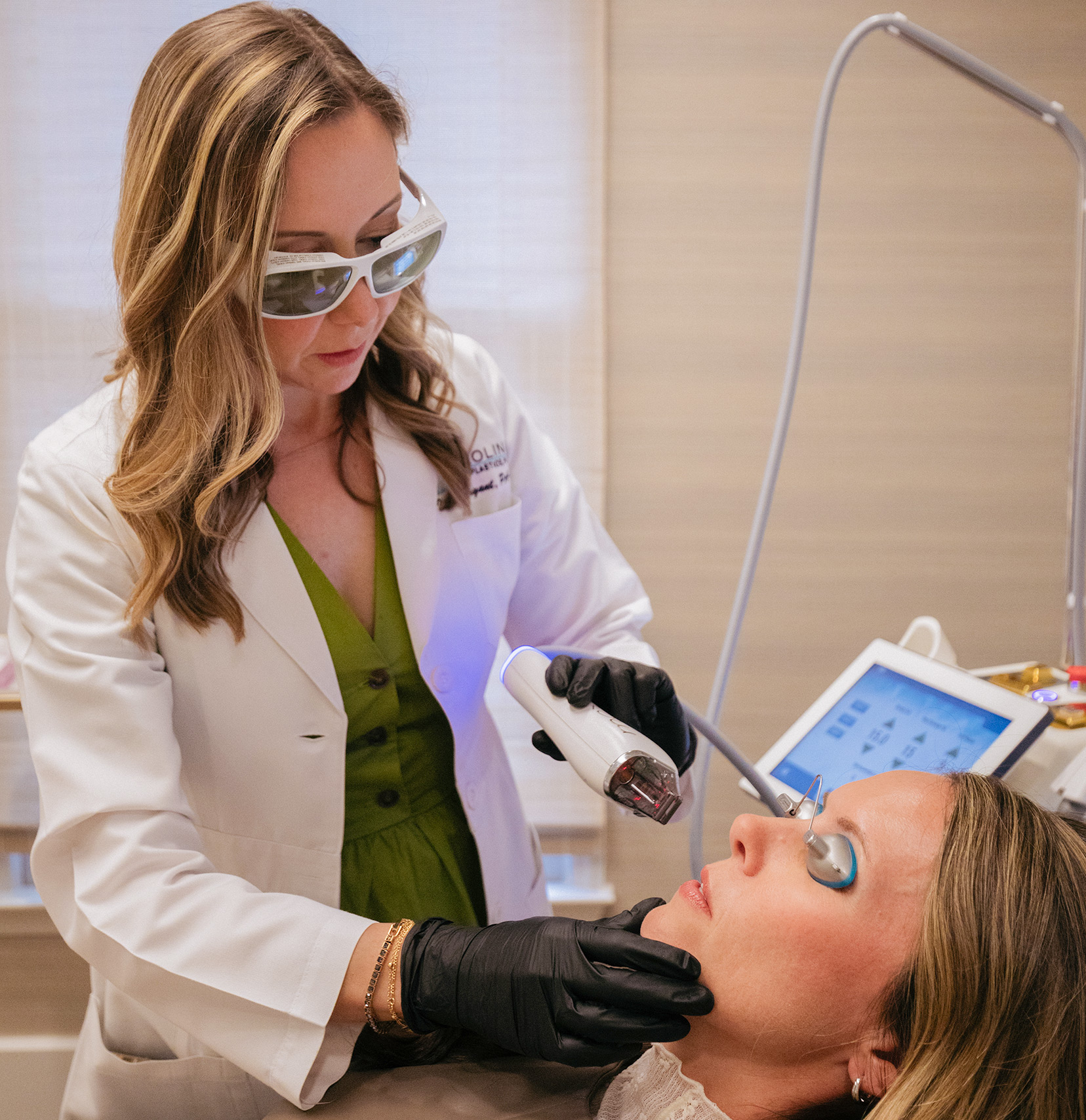
Regenerative Treatments We Offer
Ariessence PDGF+
A synthetic, lab-engineered formula designed to mimic natural growth factors. Ariessence is ideal for patients who want regenerative benefits without a blood draw or who are not candidates for PRP.
Selphyller® PRP/PRF and Selphyller PRFM
A second-generation form of PRP that includes a fibrin matrix to extend the release of growth factors, making it ideal for longer-lasting under-eye rejuvenation and hair restoration.
Exosome Therapy
Derived from stem cells, exosomes contain over 1,000 signaling proteins that promote tissue repair and regeneration. They’re used to enhance skin quality, reduce signs of aging, and improve hair growth when applied topically or injected.
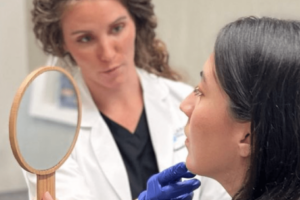

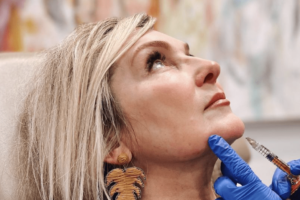
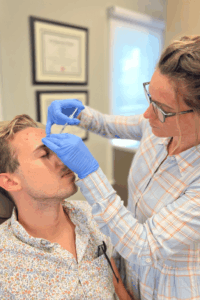
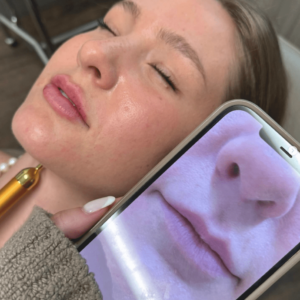
Our Approach to Regenerative Aesthetics
Regenerative medicine is about working with—not against—your body. Our expert providers use your own biological materials or targeted bioactive compounds to improve tone, texture, volume, and even hair density. Each treatment is personalized based on your goals and the level of correction desired.
Popular Combinations

How Regenerative Treatments Work
Meet Dr. Jonathan Kulbersh
As a Beverly Hills-trained facial plastic surgeon, Dr. Kulbersh is at the forefront of regenerative aesthetics. His expertise in facial anatomy and skin biology allows him to pair natural therapies with advanced techniques to deliver results that are both effective and undetectable.

FAQ
How many regenerative treatments will I need to see results?
Most regenerative therapies are performed in a series. For example, PRP for hair restoration or skin rejuvenation is often done in a series of 3–4 treatments spaced 4–6 weeks apart. For PDGF treatments, we recommend two treatments two months apart. Selphyller and exosomes may require fewer sessions due to their longer-lasting effects. During your consultation, we’ll create a treatment plan that fits your goals and your timeline.
What’s the difference between PRP and Selphyller PRFM?
Both PRP and Selphyl use your body’s own platelets to promote healing and rejuvenation. The main difference is that Selphyl includes a fibrin matrix, which allows the growth factors to be released more slowly and steadily. This can lead to longer-lasting results, especially in delicate areas like the under-eyes.
How does exosome therapy work for skin and hair?
Exosomes are tiny vesicles packed with proteins, peptides, and growth factors that help regenerate tissue and repair damage. When applied to the skin or injected into the scalp, exosomes trigger a healing response that can improve tone, texture, and hair density. They’re often used after microneedling or laser treatments to boost collagen production and accelerate recovery.
Are regenerative aesthetic treatments safe?
Yes. Because many regenerative therapies use your own blood (PRP, Selphyl) or lab-engineered versions of natural growth factors (Ariessence, exosomes), they’re generally very safe and well-tolerated. You may experience mild redness or swelling, but serious side effects are extremely rare when treatment is administered by a qualified provider.
Can regenerative treatments be used with other procedures?
Absolutely. Regenerative therapies pair well with treatments like microneedling, laser resurfacing, and even dermal fillers. For example, PRP is often combined with microneedling for enhanced skin renewal, and exosomes are used post-laser to soothe the skin and accelerate healing.
Is there downtime after PRP, Selphyl, or exosome treatments?
Downtime is typically minimal. You may experience mild redness or swelling, especially if the treatment was paired with microneedling or laser. Most patients resume regular activities the same day or the next. Full results develop gradually over a few weeks as your body responds to the regenerative signals.
What’s the best regenerative treatment for under-eye hollows or dark circles?
Selphyl PRFM is often our top choice for treating the under-eye area. Its slow-release growth factors help thicken the skin, reduce pigmentation, and improve texture—without adding bulk. It can also be combined with under-eye filler for even more support and brightness.
Can regenerative treatments help with acne scars or skin texture?
Yes. PRP and exosomes both stimulate collagen, which helps improve skin texture and reduce the appearance of acne scars. These treatments work especially well when combined with microneedling or fractional lasers.
Is PRP, PDGF, or exosome therapy better for hair loss?
All are effective, especially when used in combination. PRP and PDGF stimulate hair follicles using your own platelets, while exosomes use lab-engineered growth factors to signal cellular repair and regrowth. Exosomes may be more potent for some patients, especially when used as part of a broader hair restoration plan.
How long do results from Selphyller or PRP last?
Results can last anywhere from 6 months to over a year, depending on the treatment and area. Maintenance sessions are typically recommended every 6–12 months to support ongoing collagen production and keep results looking fresh.
Does exosome therapy hurt?
Not at all. If injected, we use a topical numbing cream beforehand. If applied after microneedling or laser treatments, you may feel a warm or tingling sensation, but no discomfort. Exosomes are extremely well-tolerated and healing tends to be faster compared to other treatments.
Are exosomes better than PRP for skin rejuvenation?
Not necessarily better, but different. Exosomes contain over 1,000 proteins and growth factors that can work more broadly than PRP alone. However, PRP may be a better fit for certain patients, especially those who prefer all-natural options using their own blood. Your provider can help you choose the right approach based on your goals and treatment history.
Can I get regenerative treatments during the summer?
Yes. Most regenerative treatments like PRP, Selphyl, and exosomes are safe year-round. Unlike aggressive lasers or deep peels, they don’t make your skin more sensitive to the sun—though we always recommend wearing SPF daily, especially when undergoing any aesthetic treatment.
What areas of the face can be treated with PRP or Selphyller?
Common treatment areas include the under-eyes, cheeks, nasolabial folds, jawline, décolletage, and neck. PDGF is frequently used on the scalp for hair restoration.
What’s the difference between platelet-rich plasma and platelet-rich fibrin?
Platelet-rich plasma (PRP) is spun at high speeds to isolate platelets for injection. Platelet-rich fibrin (PRF), as used in Selphyl, is spun more slowly to preserve more healing factors and includes a fibrin matrix that allows slower release of growth factors over time. PRF is considered a second-generation version of PRP.
Who is a good candidate for regenerative facial treatments?
Most healthy adults who want to improve skin quality, boost collagen, or address hair thinning are good candidates. These treatments are especially popular among patients who want subtle, natural-looking results without adding volume or undergoing surgery.
How soon will I see results from exosome treatment?
Some patients notice improvement in skin hydration and texture within a few days. More significant changes—like improved tone, firmness, or hair growth—develop gradually over 4–6 weeks and continue improving for several months.
Is Ariessence PDGF+ as effective as PRP?
Ariessence mimics the effects of natural growth factors without the need for a blood draw. It can be a great option for patients who aren’t good candidates for PRP or who prefer a ready-made solution. It’s especially helpful for improving skin tone and post-procedure healing, but results may differ depending on the concern being treated.
Can regenerative treatments replace fillers or Botox?
Regenerative treatments work differently than fillers or neuromodulators. They stimulate long-term improvement in skin quality, volume, and hair growth, but they don’t provide the same immediate wrinkle-smoothing or contouring effects. Many patients choose to combine both approaches for the most natural, refreshed look.
What’s the best treatment for thinning hair without surgery?
A combination of PDGF and exosome therapy, or PRP and exosome therapy, is an excellent non-surgical option for hair loss. This combination stimulates dormant follicles, increases blood flow to the scalp, and encourages stronger, thicker growth. We usually recommend a series of treatments, and results continue to improve over time.
Ready to Regenerate from Within?
Discover the natural power of regenerative treatments to rejuvenate your skin and hair—safely and effectively.

